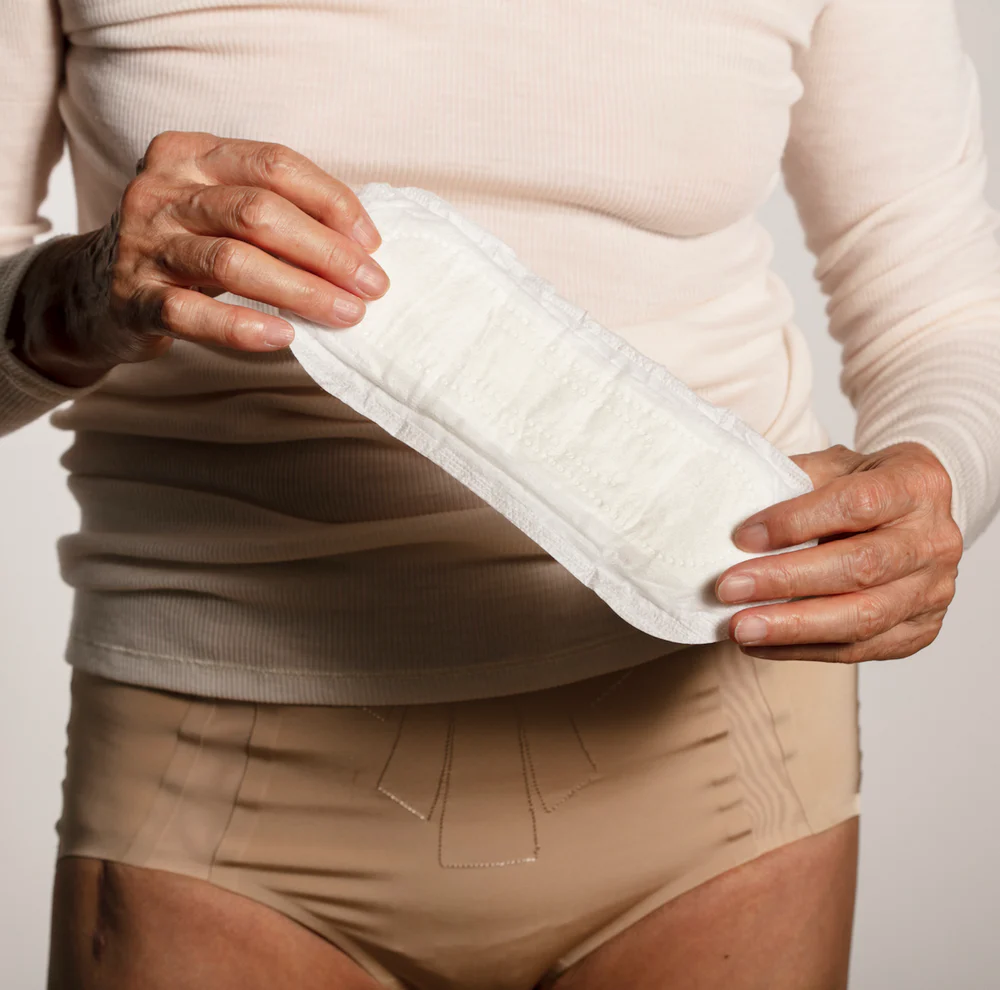Continence care
Jul 13, 2023
KEY MARKET INSIGHTS
The global incontinence care products market size was valued at USD 14.30 billion in 2018 and is projected to reach USD 36.60 billion by 2032, exhibiting a CAGR of 7.0% during the forecast period. Europe dominated the global market with a share of 34.55% in 2018.
A majority of adults face the problem of bowel or bladder weakness. Urinary incontinence refers to the involuntary leakage of urine. Similarly, fecal incontinence refers to the involuntary leakage of stool due to the inability to control the bowel movements. According to the United Nations Organisation, the aging population of the world is estimated to reach 1.4 billion by 2030, representing a huge incontinence care products market growth opportunity. Incontinence is more common in females as compared to males. The demand for incontinence devices is increasing rapidly, with the rising prevalence of incontinence and active government support.
Request A Free Sample to learn more about this report.
Incontinence can be managed or treated with the use of incontinence devices such as slings, artificial sphincters, catheters, pessaries, clamps, and others. Apart from this, sacral nerve stimulation is also being rapidly adopted for the treatment of both urinary and fecal incontinence. Awareness regarding incontinence care products is successfully breaking the social stigma and taboo associated with the use of incontinence products. With the rise in awareness among patients, there is an increasing demand for products that build their confidence, provide comfort, are more discreet, and help normalize their lifestyle. This has, in turn, encouraged incontinence device market manufacturers to invest in research and development of products with excellent fluid management.
"Europe Incontinence Care Products Market Size, 2015-2026 (USD Billion)"
The development of products targeted separately for men and women have become one of the important incontinence care products market trends. A study done by Essity for their product named TENA Men showed that the percentage of male shoppers buying TENA Men themselves increased by 8% in 2017. This indicates the increased appeal for the specially designed male incontinence products among males, thus adding to the incontinence devices market growth.

